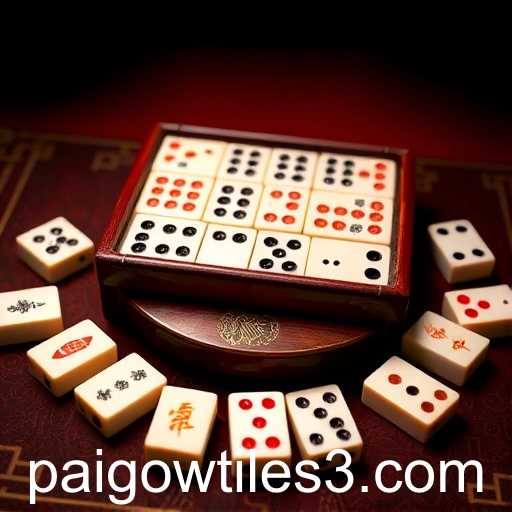An in-depth exploration of the rules, history, and gameplay of Pai Gow Tiles, a traditional Chinese gambling game.
Pai Gow Tiles is a captivating game that merges strategy, skill, and a touch of luck, drawing players into its rich tapestry of Chinese history. Often played in casinos and private gatherings, Pai Gow Tiles intrigues players with its unique set of game rules and the intricate combination of tiles. This article delves into the underlying rules and fascinating origins of the game, providing enthusiasts and newcomers alike with a comprehensive understanding of Pai Gow Tiles.
The game's objective is to create two winning hands, also called a "front" hand and a "back" hand, using four tiles drawn from a set of 32. The game's structure requires each player to arrange their tiles into these two hands, with the front hand made up of two tiles and the back hand also comprised of two tiles. Players aim to beat the dealer's corresponding hands, hoping to achieve both a higher front hand and back hand. The trick lies in the combination of the tiles and the points assigned to them.
Each tile bears a value and can be paired in specific ways to form traditional and more potent combinations known as "Wong," "Gong," and various pairs. The Wong and Gong combinations include tiles from the Honour and Military sets respectively, enhancing their point values. The Pai Gow Tiles set includes several pairs that are stronger than some singular combinations, and it is a player's knowledge of these pairs that can swing the game in their favor.
The origins of Pai Gow Tiles are steeped in Chinese tradition. The name ‘Pai Gow’ translates to ‘make nine,’ reflective of a score achieved in the game. Its historical roots trace back over a thousand years, originating during the Song Dynasty. The game is a close cousin of poker, though instead of cards, Pai Gow Tiles relies on engraved tiles that resemble dominoes, offering a distinct alternative to Western card games.
This game of patience and skill requires a deep understanding of the tile rankings and a strategic mindset. Players need to anticipate not just their own hands but also estimate potential moves of their opponents, especially the dealer. Casino versions of Pai Gow Tiles add a modern twist, allowing players different betting choices and strategic plays, further extending its reach and appeal.
Pai Gow Tiles is more than just a game; it is a cultural artifact that mirrors the intellectual engagement of ancient Chinese society. Its time-tested appeal remains undiminished amongst gamblers and cultural enthusiasts, providing both a challenge and an entertaining experience. Whether played in a boisterous casino or a quiet home game, Pai Gow Tiles offers a world of tactical depth and cultural connection.




